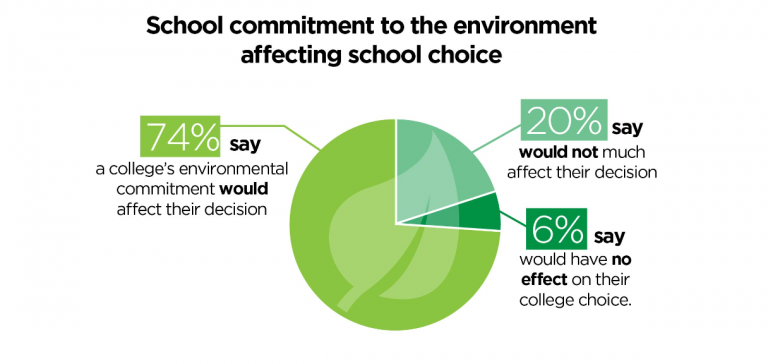HVAC Integration
Using the M1 Platform to tie together climate control systems to occupancy, indirectly via room reservations or directly via sensors, can generate energy savings.
HVAC costs represent a large percentage of most campuses’ energy use and presents an opportunity for reducing their carbon footprint. Many facilities are already outfitted with building management systems and room reservation systems, but their data are siloed. SRT Labs provides a platform for integration of existing systems as well as additional sensors, automating updates to the HVAC settings based on reservations, detected occupancy, or a combination, with all internal logic built on your university’s current policies.
Logic-based automation tied to class schedules or occupancy sensors reduces staff time required to make adjustments by hand and minimizes complaints from users. Tying HVAC to occupancy can provide tailored comfort settings for individual spaces based on their usage, making sure everyone can do their best work.
Integrate Existing Systems
Leverage data from your existing room reservation or other systems to automatically adjust HVAC settings via your existing building automation system.
Layer in Occupancy Sensors
Let the temperature drift to a standby setpoint when spaces are unoccupied. It is quickly returned to comfort settings when occupancy is detected.
Reduce Your Carbon Footprint
Save energy by only heating and cooling rooms when they are in use, without any reduction in user comfort or increase in facilities staff time.
Sustainability Matters
Bridging the Digital-Physical Divide
Once the M1 Platform is deployed for HVAC optimization, you can layer in more hardware and software, allowing you to centralize, monitor, and analyze data from systems across your campus.
Occupancy Sensors
Connect your existing or new occupancy sensors to our ecosystem for automation and analysis of the data.
Trash Can Sensors
Optimize custodial resources by tracking actual usage of spaces, only deploying staff when actually needed.
Outdoor Lighting
Monitor and control settings, with the ability to automatically align lighting with scheduled events.
Air Quality
Track metrics including CO₂, particulate matter, and humidity for health and safety.
Water Usage
Track flow rates and total usage, as well as metrics including temperature, pH, and conductivity.
Transit Systems
Track vehicles on the map-based dashboard, and analyze usage over time and space.
Build an Ecosystem! Choose From
How Do I Get Started?
Get familiar with your current space usage.
A Space Audit will provide insights into how your spaces are currently being used in comparison with your current HVAC policies, providing recommendations for integrating siloed systems, prioritizing systems by ease of integrability and ROI. Learn more about a Space Audit.
Identify your local advocates & stakeholders.
We guide your teams to reach a set of agreed upon goals and focused, measurable initiatives that can be effectively communicated with the staff and students of your college or university.
Determine your most likely avenues for funding smart campus initiatives.
We guide discussions to align funding opportunities, ongoing projects, urgent needs, and staff and student interests with projects that provide savings and improve quality of life.
Get in touch for a free class schedule review.
We can quickly review your class schedule and compare it to your HVAC policy for individual buildings to understand the opportunity for savings.


